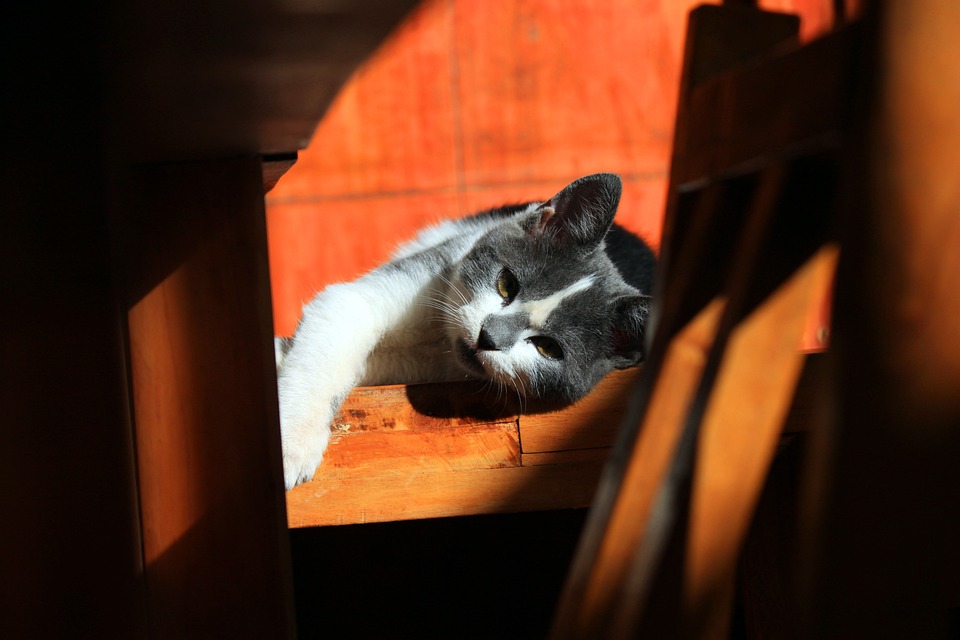Cats are known for their independent nature, but when it comes to their health, they often rely on us to identify and address any issues they may be experiencing. One common health concern in cats is urinary issues, which can range from minor discomfort to life-threatening conditions. In this article, we will explore the signs and symptoms of cat urinary issues, helping you understand when it’s necessary to seek veterinary care for your feline friend.
Understanding Cat Urinary Issues
Before diving into the signs and symptoms, let’s take a moment to understand what cat urinary issues entail. The feline urinary system is complex, consisting of the kidneys, ureters, bladder, and urethra. It plays a crucial role in filtering waste products from the blood, maintaining electrolyte balance, and regulating hydration levels.
Cat urinary issues can manifest in various forms, such as urinary tract infections, bladder stones, urinary blockages, and feline idiopathic cystitis (FIC). These conditions can cause discomfort, pain, and potentially life-threatening complications if left untreated.
Signs and Symptoms of Cat Urinary Issues
1. Frequent Urination:
– Increased frequency of urination, often in small amounts, may indicate a urinary issue. Keep an eye on your cat’s litter box habits and note any changes in their urination pattern.
2. Straining to Urinate:
– If your cat is spending an extended amount of time in the litter box, repeatedly attempting to urinate without success, it is a red flag. Straining to urinate may indicate a blockage or inflammation in the urinary tract.
3. Blood in Urine:
– Blood in your cat’s urine, whether it’s visible or detected through a urinalysis, is a clear sign of an underlying urinary issue. This should never be ignored and should prompt an immediate veterinary visit.
4. Urinating Outside the Litter Box:
– If your cat suddenly starts urinating outside their litter box, it could be a cry for help. Cats often associate their litter box with pain or discomfort, leading them to seek alternative places to relieve themselves.
5. Excessive Licking of Genital Area:
– Cats experiencing urinary issues may exhibit excessive grooming and licking around their genital area. This behavior can indicate discomfort or pain caused by inflammation or irritation.
6. Crying or Vocalizing:
– Unusual vocalization, crying, or signs of distress while urinating can be indicative of a urinary problem. Pay attention to any changes in your cat’s behavior during their bathroom routine.
When to Seek Veterinary Care
Prompt veterinary care is crucial when it comes to cat urinary issues. If you notice any of the aforementioned signs and symptoms, it’s important not to delay seeking professional help. Some urinary issues, like urinary blockages, can quickly escalate and become life-threatening within hours.
Contact your veterinarian immediately if you observe any of the following:
– Complete inability to urinate.
– Repeated attempts to urinate with no or minimal output.
– Visible blood in the urine.
– Signs of pain or distress while urinating.
– Lethargy, loss of appetite, or other abnormal behaviors.
FAQs about Cat Urinary Issues
Q: Can stress cause urinary issues in cats?
A: Yes, stress can contribute to the development of urinary issues in cats. Feline idiopathic cystitis (FIC) is a condition often triggered by stress, causing inflammation and discomfort in the urinary tract.
Q: How are cat urinary issues diagnosed?
A: Your veterinarian will perform a physical examination, review your cat’s medical history, and may recommend diagnostic tests such as urinalysis, blood work, and imaging (e.g., X-rays or ultrasound) to pinpoint the underlying cause of the urinary problem.
Q: Can a change in diet prevent urinary issues in cats?
A: A balanced and appropriate diet can support urinary tract health in cats. Your veterinarian may recommend special diets formulated to prevent urinary issues, especially if your cat is prone to developing bladder stones or urinary tract infections.
Q: Are urinary issues more common in male or female cats?
A: Male cats are more prone to developing urinary blockages due to their narrower urethra. However, both male and female cats can experience urinary issues, and it’s essential to be vigilant regardless of the cat’s gender.
Conclusion
Being knowledgeable about the signs and symptoms of cat urinary issues can help you identify potential problems early on and seek veterinary care when necessary. Remember, prompt intervention is key to protecting your cat’s health and well-being. If you observe any concerning urinary signs, don’t hesitate to reach out to your veterinarian for a proper diagnosis and treatment plan.








